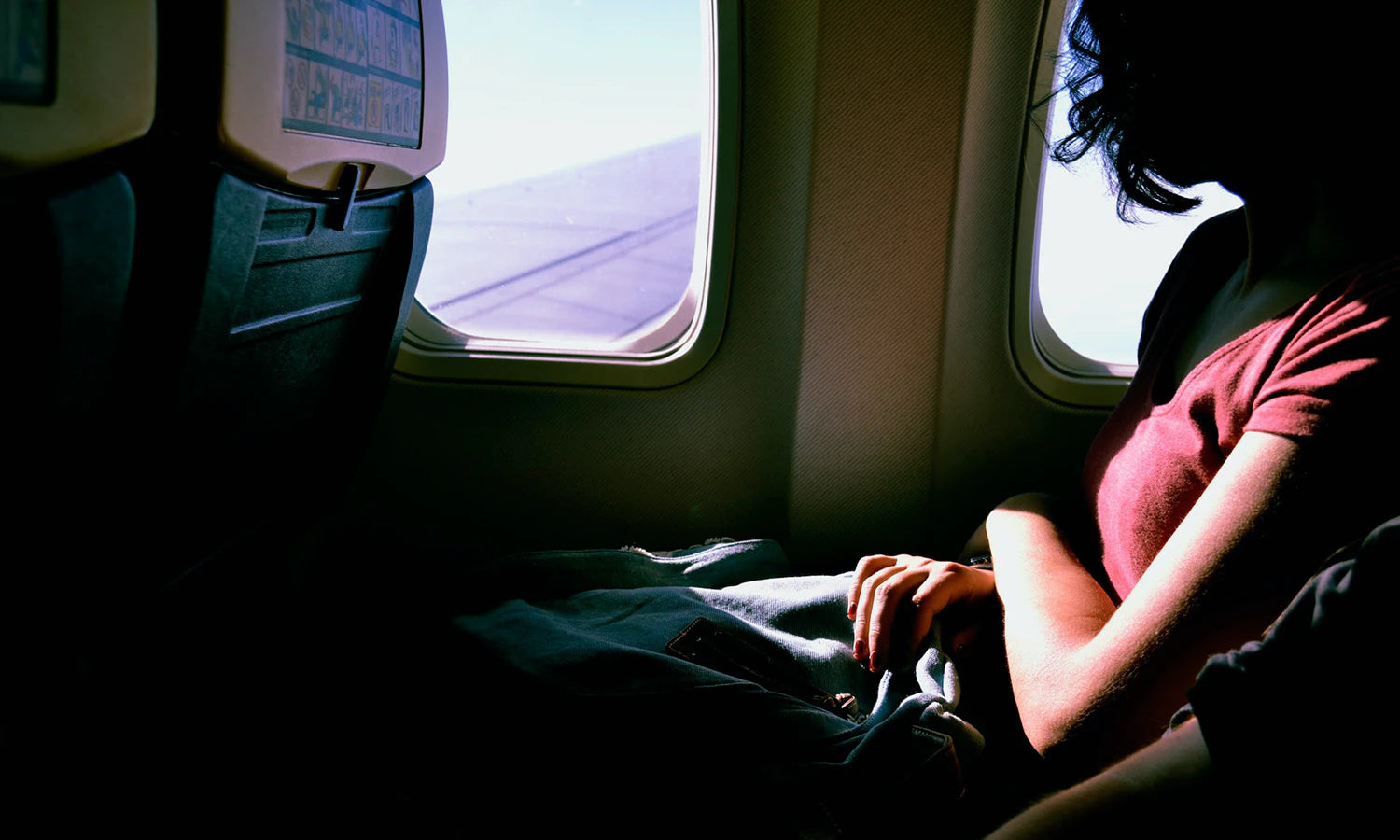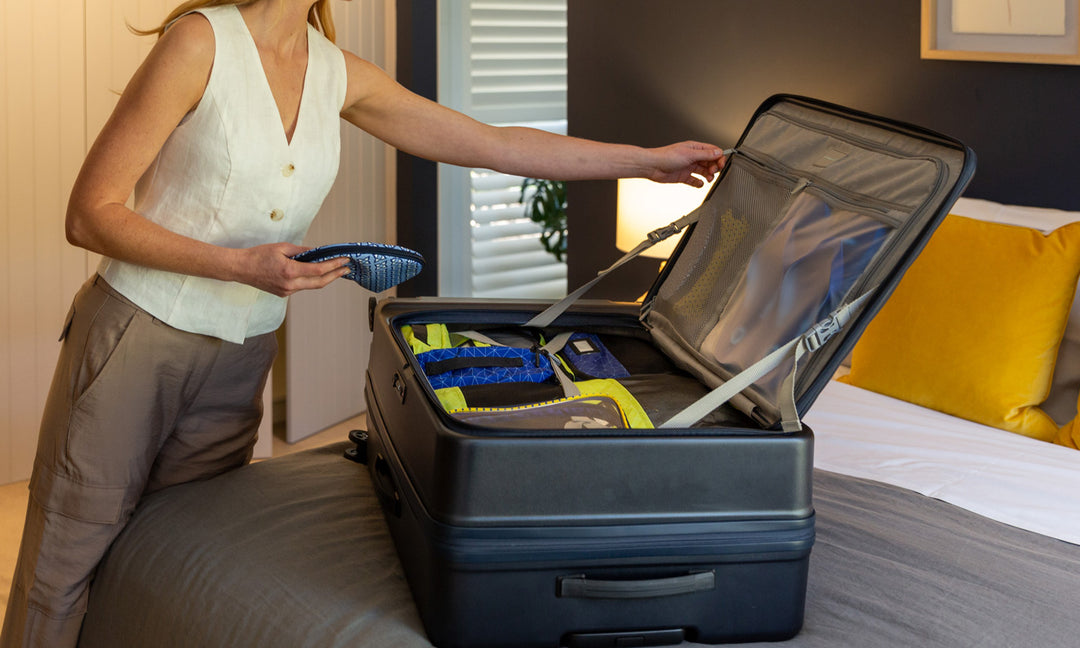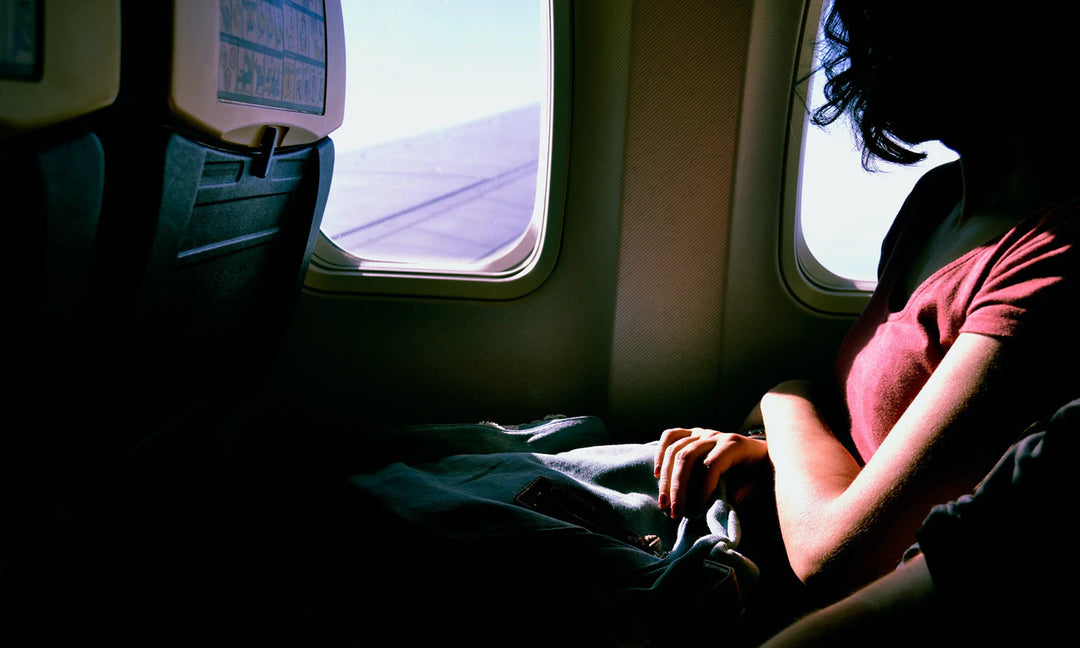Surviving Long Haul Flights: How to Overcome the Challenges and Arrive Refreshed
As crowded airports show, travellers are eager to get back in the skies, and with long haul flights becoming more and more popular, it's clear that many of us are willing to endure lengthy flights to reach our desired destinations. If you're someone who enjoys exploring far-flung corners of the globe, you may be excited to learn that even longer flight options could be available in the near future. However, with extended flights come new challenges that can affect our bodies in various ways. In this article, we will explore what happens to our bodies on long haul flights and how we can overcome the issues associated with these flights.
Dehydration
The dry air in the cabin can cause moisture to evaporate from our skin and lungs, leading to symptoms such as dry skin, headaches, and fatigue. The humidity level on an airplane is typically around 20%, which is much lower than the 30-60% humidity levels we experience on the ground (Source: American Society of Heating, Refrigerating and Air-Conditioning Engineers). According to a study by the Aerospace Medical Association, our bodies lose around 1.5 liters of water during a 3-hour flight due to dehydration (Source: NCBI).
To combat dehydration, it's essential to drink plenty of water before and during the flight. Avoiding alcohol and caffeine can also help keep you hydrated. According to the Aerospace Medical Association, drinking alcohol during a flight can worsen dehydration by increasing urine output and decreasing the body's ability to absorb water (Source: NCBI).
Jet Lag
Jet lag is a common issue that travellers face after long haul flights, especially when crossing time zones. Our bodies have a natural circadian rhythm that regulates sleep patterns, and travelling across time zones can disrupt this rhythm, leading to symptoms such as fatigue, insomnia, and irritability. According to a study by the National Sleep Foundation, it takes an average of one day per time zone crossed for our bodies to adjust to a new time zone (Source: National Sleep Foundation).
To minimize the effects of jet lag, adjusting your sleep schedule before your flight by gradually shifting your bedtime to align with your destination's time zone can help. During the flight, try to sleep as much as possible to help your body adjust. Additionally, exposing yourself to natural light upon arrival can help regulate your circadian rhythm. According to a study by the American Academy of Sleep Medicine, exposure to bright light can help reset the body's clock and reduce the effects of jet lag (Source: AASM).
Cabin Pressure
Cabin pressure can cause ear aches, headaches, and gut issues. The air pressure in the cabin is lower than at sea level, which can cause discomfort and even pain in our ears and sinuses. According to the World Health Organization, the cabin altitude on most commercial flights is around 6,000 to 8,000 feet, which is equivalent to being on a mountain at that altitude (Source: WHO).
To alleviate the pressure, try chewing gum, swallowing, or using earplugs. Additionally, cabin pressure can cause gut issues, such as bloating and gas. According to a study by the International Journal of Aviation Psychology, drinking carbonated beverages and eating gassy foods can increase the likelihood of experiencing gut issues during a flight (Source: NCBI).
Deep Vein Thrombosis (DVT)
Long periods of sitting can increase the risk of developing deep vein thrombosis, which is a blood clot that forms in a deep vein, usually in the legs. DVT can cause swelling, pain, and in severe cases, can lead to a pulmonary embolism. According to the Centers for Disease Control and Prevention, the risk of developing DVT during a long flight is low but increases with the length of the flight and the number of risk factors present, such as obesity and pregnancy (Source: CDC).
To prevent DVT, moving around the cabin as much as possible is recommended. According to a study by the Journal of Travel Medicine, walking around the cabin every hour can help reduce the risk of DVT (Source: Oxford Academic). Additionally, wearing compression socks can help reduce the risk of DVT by promoting blood flow in the legs.
Discomfort
Long haul flights can be noisy and uncomfortable, with cramped seats and limited legroom. This can cause discomfort and even lead to muscle stiffness and soreness. According to a study by the Aerospace Medical Association, sitting in a cramped position for an extended period of time can cause muscle aches, joint stiffness, and general discomfort (Source: NCBI). In addition, the noise and distractions of the cabin can make it challenging to relax and get comfortable during the flight.
To combat discomfort, wearing comfortable, loose-fitting clothing can help reduce discomfort and prevent muscle stiffness. Bringing a neck pillow, noise-canceling headphones, and an eye mask can also help you sleep better and reduce discomfort. A neck pillow can provide support for your neck and head, while noise-canceling headphones can help reduce the noise and distractions of the cabin. An eye mask can block out light, helping you sleep better and adjust to different time zones. Additionally, getting up and moving around the cabin can help prevent muscle stiffness and soreness.
Long haul flights can be challenging, but with a few precautions, you can make the flight more comfortable and enjoyable. Staying hydrated, adjusting your sleep schedule, moving around, and wearing comfortable clothing can help minimize the effects of dehydration, jet lag, cabin pressure, and DVT. Bringing some essential travel accessories such as a neck pillow, noise-canceling headphones, and an eye mask can also help you sleep better and reduce discomfort. By following these tips, you can arrive at your destination feeling refreshed and ready to explore.






Leave a comment